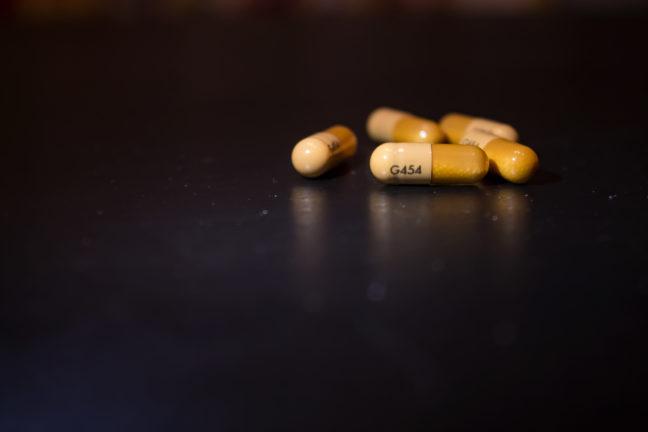The opioid epidemic is a widely documented phenomenon. Along with the rest of America, Wisconsin has had to face a growing population of people abusing prescription pills — an issue so severe that the rate of fatal opioid overdoses has surpassed the number of car-related deaths.
Doctors and other healthcare professionals have had to bear the majority of the blame. There is no doubt their over-zealous prescribing of opioids has contributed to an increasing dependence on drugs like Vicodin and morphine. To place sole responsibility for the opioid crisis on healthcare providers would be criminal, though. There are far more complex factors that come into play, especially when considering the healthcare industry as a whole.
The healthcare system — as it “functions” in the U.S. — is not just made up of busybody doctors running around in hospitals, performing debilitatingly expensive medical tests on the uninsured. It also consists of nurses, engineers, insurance companies, and administrative agencies seemingly hellbent on bankrupting the sick and, of course, drug companies whose sole motivation comes from their bottom line.
Unfortunately, this is the most specific we can be when describing U.S. health care, as there is no real uniformity among hospitals. There is no universal healthcare — we are just left with a dizzying array of insurance plans and seemingly never-ending paperwork for doctors and patients alike. This is simply an additional problem in the growing pain that is the U.S. health care industry.
Unsurprisingly, the opioid crisis has not been immune to the failures of the health care industry.
In December 2019, several documents came to light showing how the Food and Drug Administration failed to implement an effective program to prevent the improper prescribing of opioids.
In 2011, the FDA began requiring makers of addictive substances, such as OxyContin, to implement safety training programs for their doctors in an effort to combat America’s growing drug problem. But, what they never thought to do was to check just how effective these programs really were. Not only was the data they received faulty, but the program was heading for failure from its inception.
Caleb Alexander, senior author of the study conducted at Johns Hopkins evaluating the FDA program’s effectiveness, told the New York Times that the program was faulty from the very beginning.
“It’s unclear why the FDA didn’t insist upon a more scientifically rigorous evaluation of this safety program,” Alexander said.
The Johns Hopkins study cited several areas where the FDA fell short, including the FDA’s own deeply flawed review process. These deficiencies have come at an astronomical cost to the public, as the opioid crisis has cost the country more than $2.5 trillion dollars over a period of four years.
In response to the Johns Hopkins study, the FDA pointed out that their egregious oversights happened as the opioid epidemic was declared a public health crisis and over ten thousand people were dying a year from opioid overdoses.
The FDA is a federal agency whose sole purpose is to address public health, and any and all crises that may threaten it. In 2019, their budget was $5.7 billion — funding which should have been dedicated to this sentiment. With all this in mind, their excuse that the opioid epidemic had gotten too out of hand is unacceptable. If the FDA was working the way it was intended to, we may never have had to deal with the crisis and all its resulting devastation.
When the first line of defense — agencies supposed to prevent the improper use of drugs — fail, how are hospitals and victims of the opioid crisis supposed to fare?
Failure of public entities to regulate private industries translate to crises such as the one we are currently witnessing. The FDA has also received criticism for trusting private pharmaceutical companies in implementing effective safety programs.
After all, these companies’ sole purpose is to bring in profits — even at the cost of the public. In fact, one executive at a drug manufacturing was criminally convicted of bribing doctors into promoting their product to patients.
In January of this year, the Madison Police Department received funding to combat Wisconsin’s increasing rates of opioid abuse, along with Public Health Madison Dane County, Dane County Department of Human Services, Madison Fire Department and the University of Wisconsin Population Health Institute. While this is largely a positive move that would enable Wisconsin to be a step closer to a drug abuse-free state, we must also look at the failures of the organization meant to oversee these state-wide agencies.
There are insidious forces at play. Call it capitalistic greed, call it gross negligence, but the failures of large corporations must be addressed. In the end, we pay for their mistakes in social or healthcare costs, or even in the loss of our loved ones to issues they are helping propagate.
Samiha Bhushan (bhushan3@badgerherald.com) is a freshman studying neurobiology and English literature.


